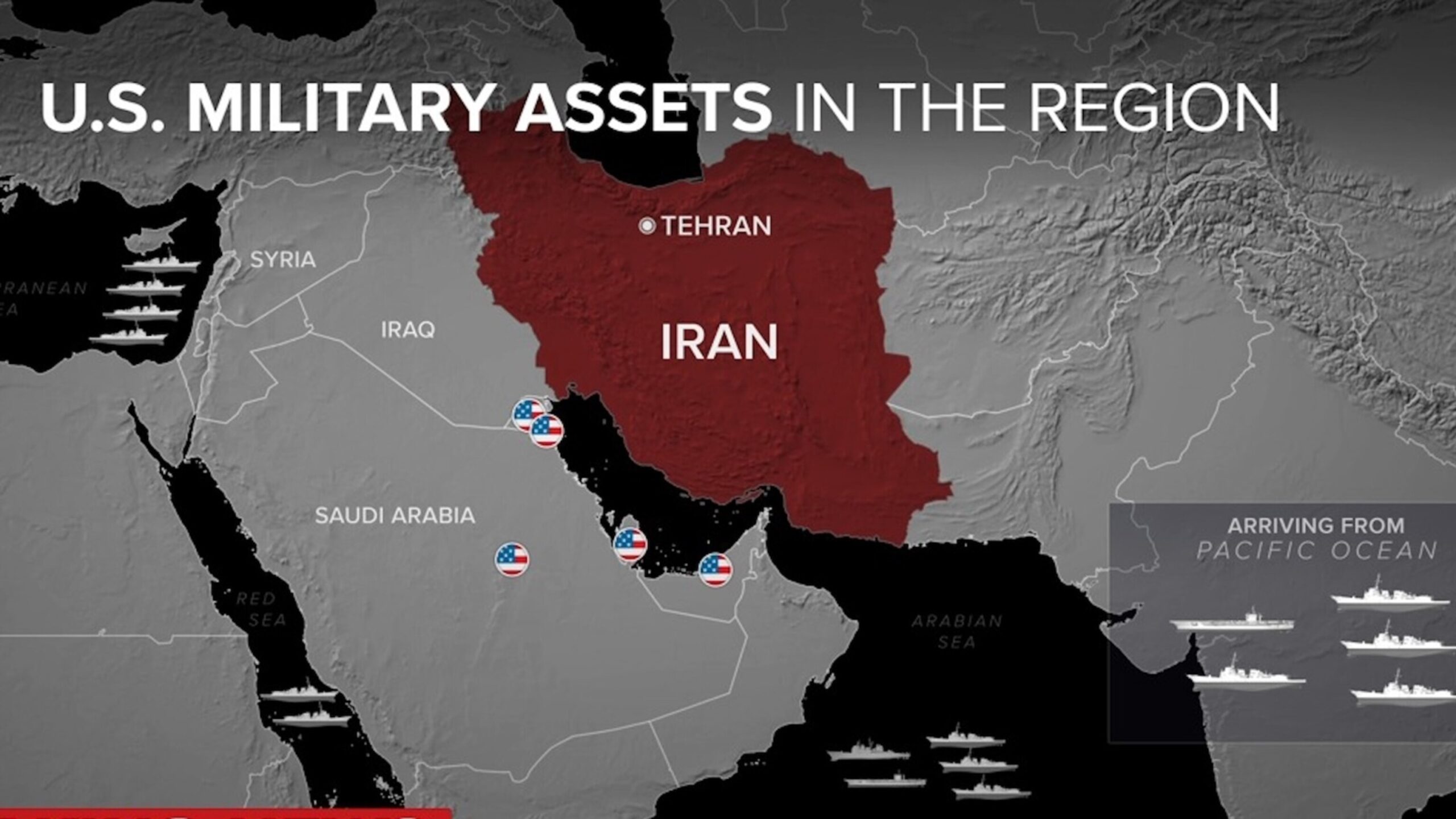
Abbas Araghchi Praises Armed Forces for Defense Until Final Moments
Iran’s Foreign Minister, Seyed Abbas Araghchi, officially confirmed a ceasefire with Israel on June 24, 2025, signaling a potential end to recent hostilities. In a heartfelt statement, Araghchi expressed gratitude to Iran’s armed forces, stating, “I join all Iranians in thanking our brave armed forces who were ready to defend our beloved country until the last drop of their blood and who responded to any enemy attack until the last minute.” This announcement marks a significant moment in de-escalating tensions in the region, with the ceasefire agreement being a focal point for global observers.
Key Details of the Ceasefire Agreement
The ceasefire agreement came into effect at 4 a.m. Tehran time, following intense military exchanges between Iran and Israel. Araghchi’s remarks highlighted Iran’s readiness to halt retaliatory actions provided Israel ceased its aggression, a condition that appears to have been met, leading to the current truce. Iranian state media reported that the ceasefire began as announced, despite earlier missile strikes that resulted in casualties in southern Israel. The ceasefire agreement is seen as a critical step toward stabilizing the region, with both sides expressing cautious optimism.
Why the Ceasefire Matters
The ceasefire agreement is not just a pause in military operations but a potential turning point for Iran-Israel relations. Here are key reasons why this development is significant:
- Regional Stability: The ceasefire agreement reduces the immediate risk of escalation, providing a window for diplomatic efforts.
- Global Implications: With the U.S. and Qatar playing roles in negotiations, the ceasefire agreement reflects international efforts to curb conflict.
- Humanitarian Relief: The truce allows for addressing civilian impacts, including casualties from recent strikes.
- Economic Prospects: A sustained ceasefire agreement could pave the way for economic recovery in the region, as hinted by some analysts.
Iran’s Stance on the Ceasefire
Araghchi’s statement emphasized Iran’s defensive posture, asserting that Israel initiated the conflict. He clarified that while no formal ceasefire agreement was initially in place, Iran’s military operations ceased at 4 a.m. after retaliating against Israel’s actions. This conditional halt underscores Iran’s strategic approach to the ceasefire agreement, balancing national defense with a willingness to de-escalate if hostilities end. The Foreign Minister’s praise for the armed forces reinforces national unity and resilience, a key theme in Iran’s narrative surrounding the ceasefire agreement.
International Reactions to the Ceasefire
The ceasefire agreement has elicited varied responses globally:
- United States: U.S. President Donald Trump claimed credit for brokering the ceasefire agreement, announcing it as a “complete and total ceasefire” on Truth Social.
- Israel: Israeli Prime Minister Benjamin Netanyahu confirmed the ceasefire, stating Israel achieved “great historical achievements.”
- Qatar: Qatar’s Prime Minister Sheikh Mohammed bin Abdulrahman Al Thani reportedly secured Iran’s agreement during negotiations, highlighting Qatar’s diplomatic role.
- Russia: Iran’s Foreign Minister noted Russia’s supportive stance, condemning U.S. and Israeli actions in the UN Security Council.
Challenges Ahead for Sustaining the Ceasefire
While the ceasefire agreement is a positive development, challenges remain. Both Iran and Israel have accused each other of violations in the lead-up to the truce, raising concerns about its durability. The ceasefire agreement requires mutual adherence to prevent renewed hostilities. Additionally, the lack of a formal treaty, as initially noted by Araghchi, suggests that the ceasefire agreement is conditional and subject to ongoing evaluation. Diplomatic efforts will be crucial to transform this temporary truce into a lasting peace.
Steps to Strengthen the Ceasefire Agreement
To ensure the ceasefire agreement holds, the following steps are recommended:
- Diplomatic Engagement: Regular talks mediated by neutral parties like Qatar can solidify the ceasefire agreement.
- Monitoring Mechanisms: Independent observers could verify compliance with the ceasefire agreement to build trust.
- Humanitarian Aid: Addressing civilian needs in affected areas can support the ceasefire agreement by reducing tensions.
- Economic Incentives: International support for reconstruction could encourage both sides to maintain the ceasefire agreement.
The Role of Iran’s Armed Forces
Araghchi’s tribute to Iran’s armed forces underscores their pivotal role in the conflict and the ceasefire agreement. The military’s readiness to defend Iran “until the last drop of their blood” was a powerful message of deterrence, while their disciplined cessation of operations at 4 a.m. demonstrated strategic restraint. This balance has positioned Iran favorably in the ceasefire agreement, showcasing both strength and a commitment to peace when conditions are met.
Public Sentiment in Iran
The ceasefire agreement has resonated strongly with Iranians, as reflected in Araghchi’s call to join “all Iranians” in thanking the armed forces. Social media posts on X indicate a mix of pride in Iran’s military and relief at the prospect of peace. The ceasefire agreement is seen as a testament to Iran’s resilience, with Araghchi’s words amplifying national solidarity.
Looking Forward: A New Dawn?
The ceasefire agreement offers a glimmer of hope for a region long plagued by conflict. While Araghchi’s confirmation of the ceasefire is a milestone, its success depends on sustained efforts from both Iran and Israel, as well as international support. The ceasefire agreement could usher in a “new dawn of prosperity,” as some analysts suggest, if both sides prioritize dialogue over confrontation. For now, the world watches as Iran and Israel navigate this fragile truce.








